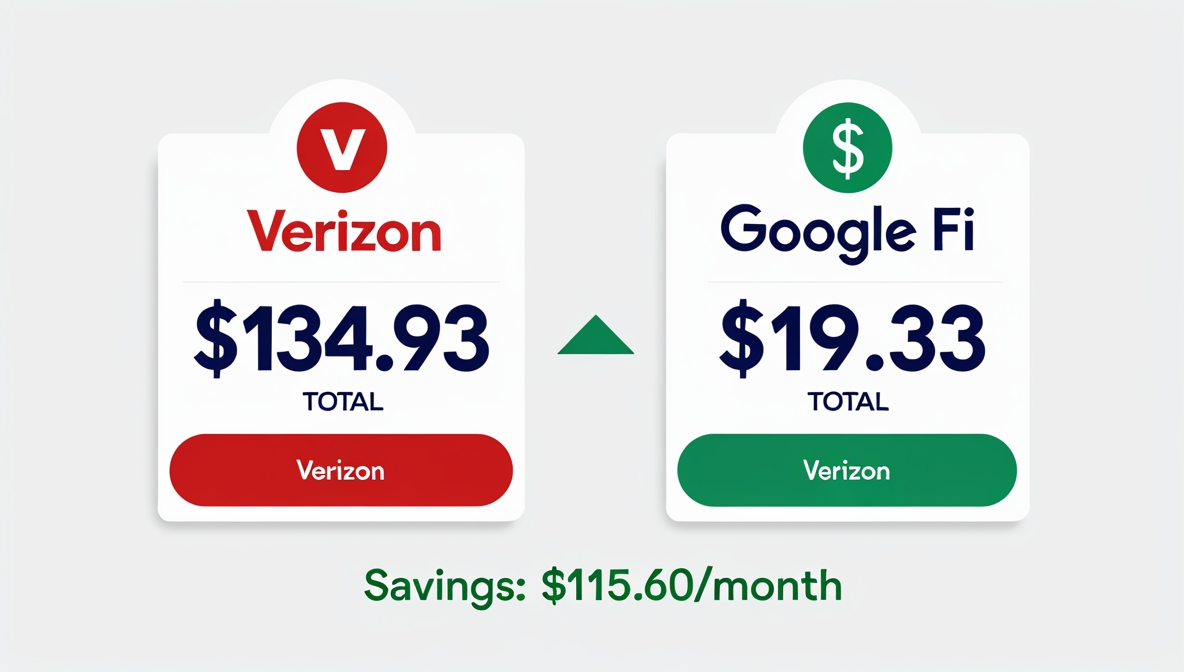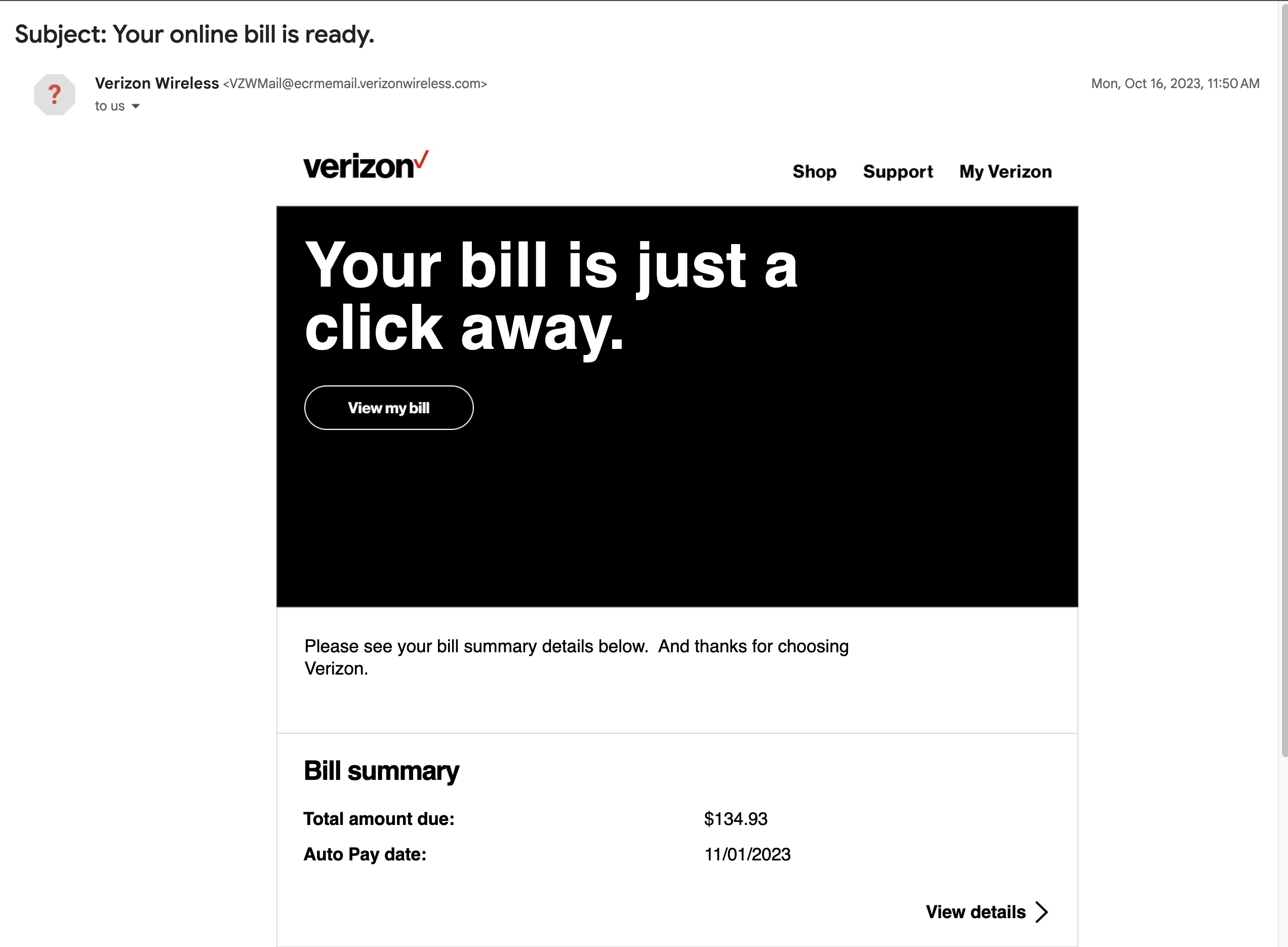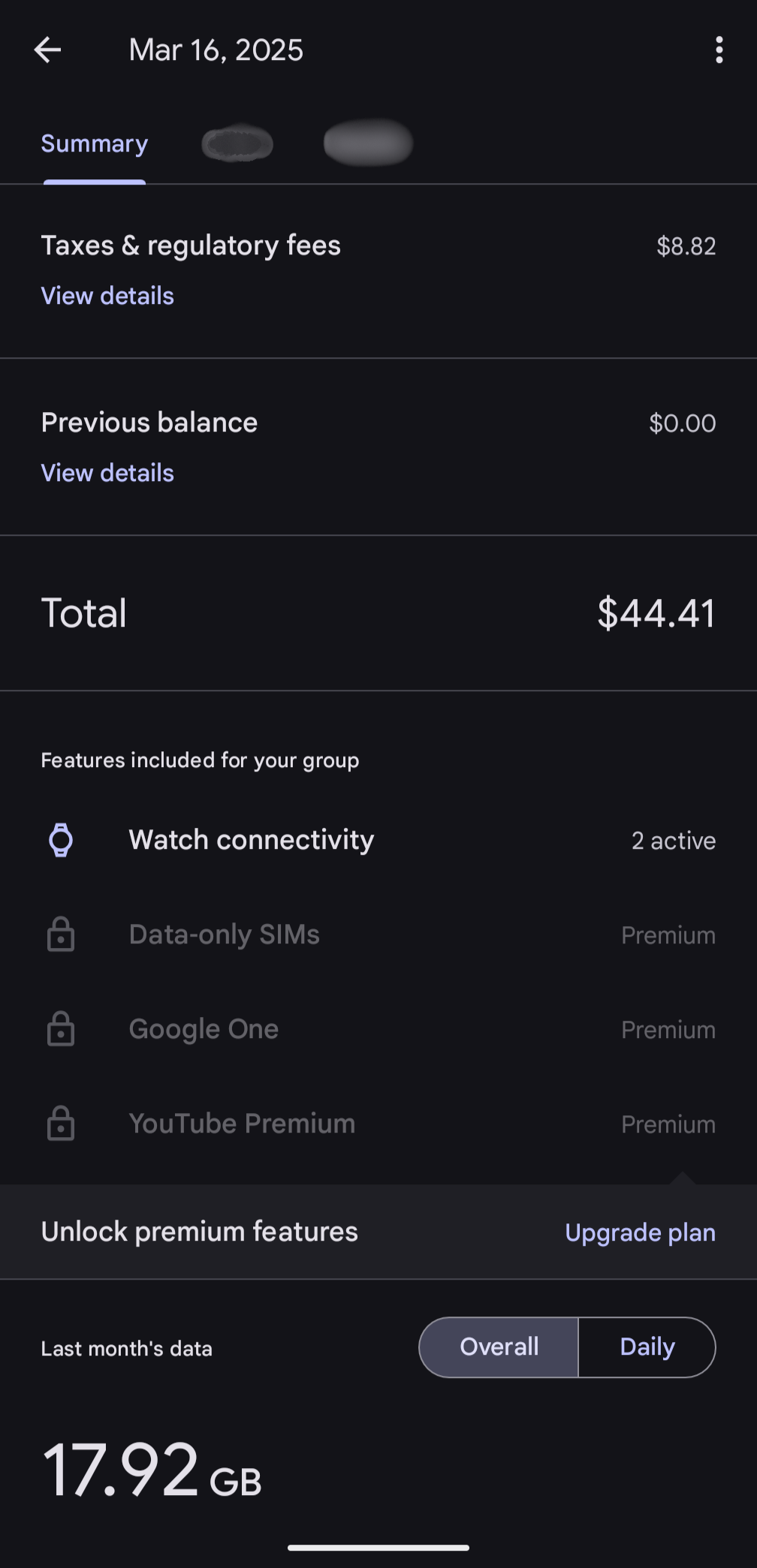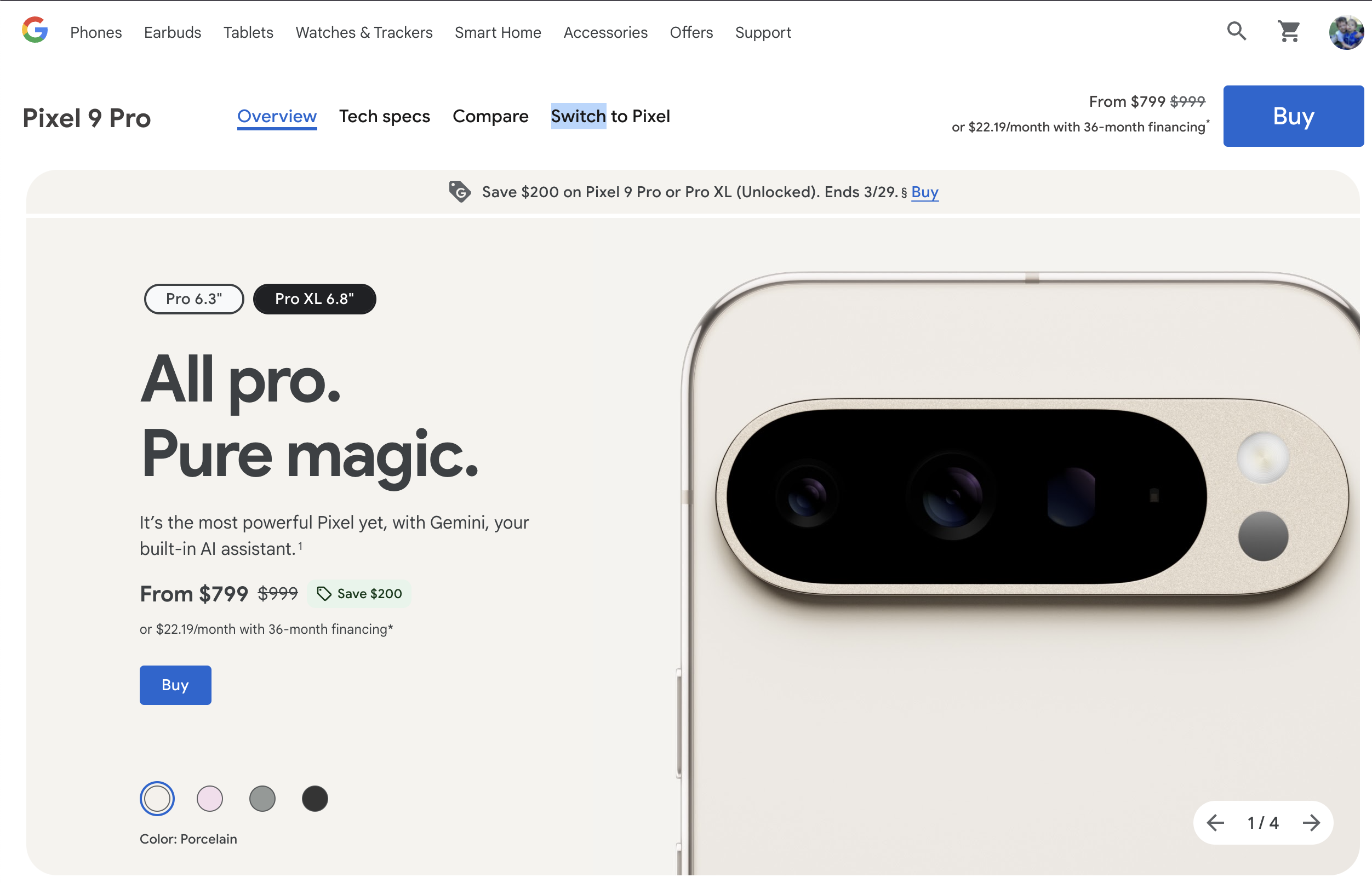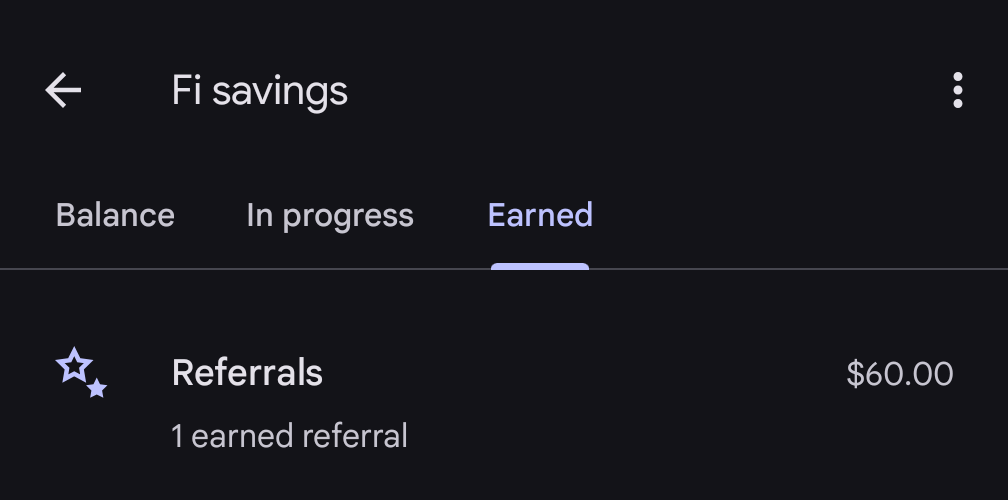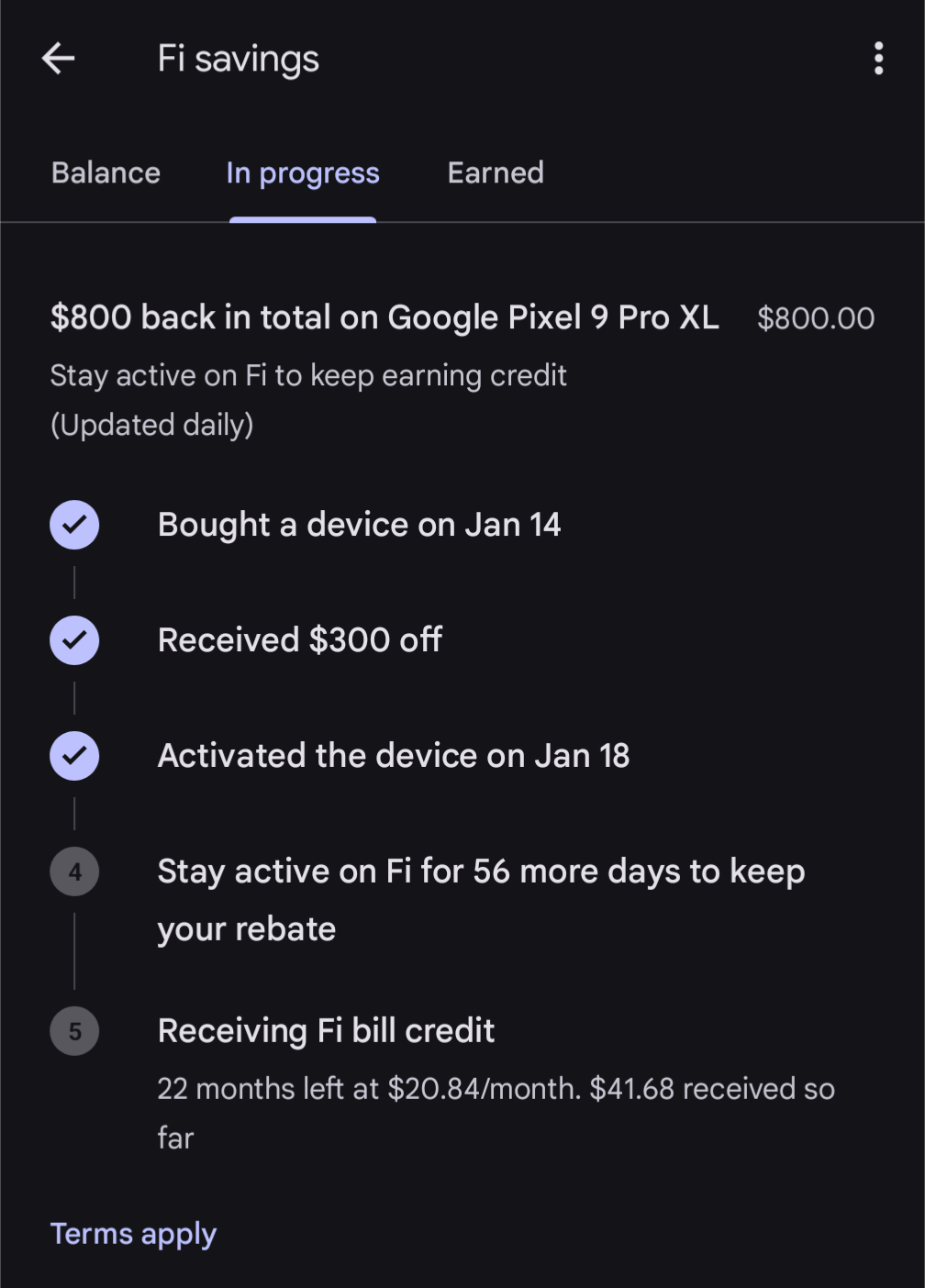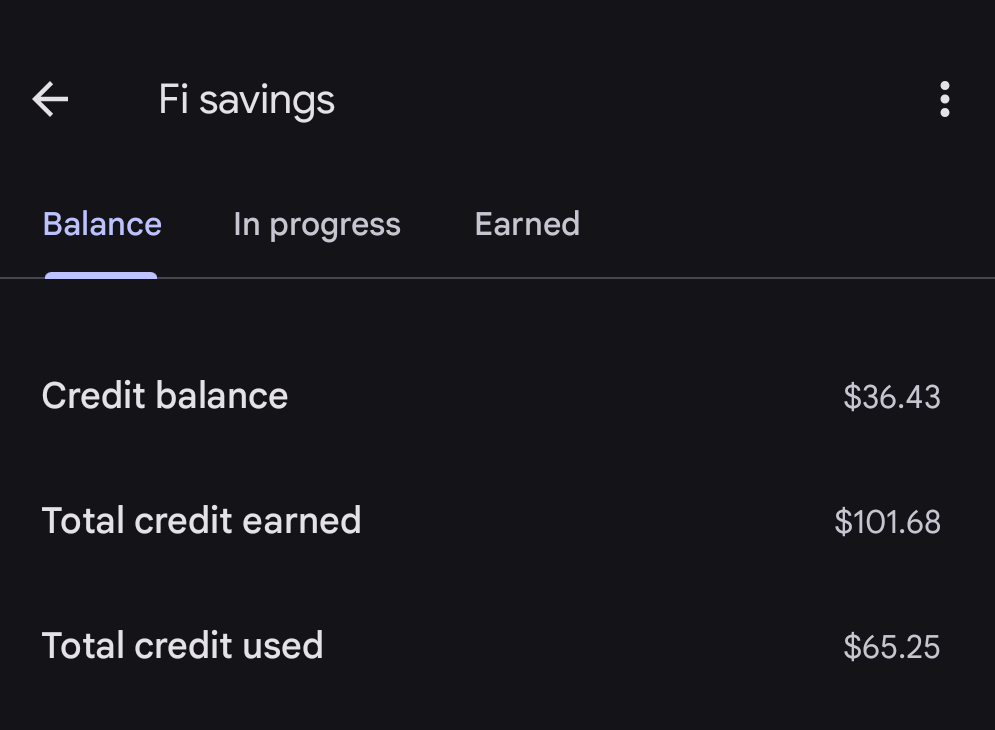Why I Ditch My iPhone and Verizon for Google Pixel on Google Fi

Introduction
Why I Made the Switch
You know that feeling when your phone bill comes in, and you do a double-take like, "Wait… I didn't agree to donate a kidney for this service"? Yeah, that was me. Between skyrocketing costs and the creeping realization that my so-called "premium" phone wasn't actually doing anything my friend's Pixel couldn't, I figured it was time to shake things up.
Google had been lurking in the background like a quiet genius—great camera, clean software, and actual AI-powered features that didn't require a PhD to use. Plus, the idea of trying Google Fi (because I apparently enjoy experimenting with my mobile coverage) felt like a fresh start.
A Brief Overview of My Previous Phone Experience
I’ve been an iPhone user for years. You know the drill—each new upgrade promised the moon but mostly just brought slightly better battery life and one more camera lens. And while the iOS ecosystem is smooth, it sometimes felt like I was locked into a system of ever-increasing prices and minor tweaks disguised as innovation.
That said, I have to give Apple credit where it’s due—AirDrop was my jam, iMessage ruled my group chats, and the camera was always good. But was it that much better than a Pixel? Enough to justify the price? I had to find out for myself.
Setting the Stage for My Google Adventure
So, armed with curiosity (and let’s be honest, a little buyer’s remorse from my last iPhone upgrade), I decided to take the plunge. I got myself a Google Pixel and signed up for Google Fi. Was this the best move I’d ever made—or a disaster waiting to happen?
Let’s just say, I have thoughts. And we’re about to get into all of them.
Overview
(Breaking Down the Google Pixel & Google Fi Combo)
What is Google Pixel?
Google Pixel is Google’s answer to the smartphone game, and let me tell you, it’s got a lot going for it. If you’ve been stuck in the iPhone ecosystem like me, you might not have given Pixel much thought. But these phones are known for their crazy-good cameras, clean Android experience (no bloatware, just pure Google goodness), and surprisingly smooth performance. Plus, Google handles software updates directly, so you don’t have to wait months for the latest features like with some other Android devices.
Understanding Google Fi
Switching phones is one thing—switching carriers is a whole different beast. Google Fi is Google’s wireless service that seamlessly switches between multiple networks (like T-Mobile and US Cellular) and Wi-Fi for better coverage. The real kicker? It’s designed to work best with Pixel phones. The pricing is transparent, there are no contracts, and you don’t get hit with surprise fees (cough looking at you, traditional carriers). If you travel a lot, Fi’s international features are also a big win.
My Expectations Going Into This Switch
I’ll be honest—I was skeptical. Could Pixel really compete with my iPhone? Would Google Fi’s network coverage hold up in real life? And most importantly, was ditching my old setup actually going to save me money without sacrificing quality? I went into this with an open mind (and maybe a little fear), but I was ready to find out if Google’s phone-and-carrier combo was worth the hype.
Feature Comparison
(Does the Pixel Really Stack Up?)
Camera Showdown: Pixel vs. iPhone
I’ll be honest—I was skeptical. The iPhone camera has been my go-to for years, capturing everything from my dog’s ridiculous mid-yawn faces to late-night food pics that no one asked for. So, switching to the Pixel? A little nerve-wracking.
Google claims its computational photography is next-level, and after testing it out, I get the hype. The Pixel’s Night Sight mode actually makes low-light photos look like they were taken with professional lighting. Meanwhile, my iPhone’s night shots? A blurry, grainy mess half the time.
- Portrait Mode: Both phones deliver solid portrait shots, but the Pixel’s edge detection might just be sharper. It knows the difference between your hair and the background—no weird blurring.
- Colors & HDR: iPhones tend to keep colors warm and natural, while the Pixel goes for that contrast-heavy, punchy look. Which is better? Personal preference.
- Selfies: The iPhone still holds the selfie crown. The Pixel is great, but sometimes its software processing does weird things with skin tones.
Battery Life – Can the Pixel Keep Up?
Look, we all know iPhone users who live next to their chargers. Apple’s battery life has never been its biggest selling point, but did the Pixel do any better?
Surprisingly, yes. The adaptive battery feature on the Pixel learns my habits and prioritizes power where I need it. My iPhone used to drop to 20% by late afternoon, while the Pixel generally lasted until bedtime without me panicking.
- Casual Use: The Pixel gave me about a day and a half per charge. My iPhone? Maybe a full day with some luck.
- Heavy Use: Streaming? Gaming? GPS on for hours? Both phones drained fast, but the Pixel lasted slightly longer before making me reach for the charger.
- Charging Time: The iPhone (with its painfully slow included charger) falls behind. The Pixel’s fast charging got me back to 50% in around 30 minutes.
User Experience: Android vs. iOS
Switching from Apple’s ecosystem felt like leaving a long-term relationship. Comfortable, familiar… but also kinda restrictive. Here’s where I noticed the biggest differences:
- Customization: iPhones have finally sort of embraced widgets, but Android’s ability to fully customize the home screen is next level. I could arrange my Pixel exactly how I like – no forced app placement.
- Integration: iOS still wins on seamless device connections. AirDrop? Unmatched. If you're deep in Apple's ecosystem, leaving isn't easy.
- Software Updates: Pixel users get instant OS updates straight from Google. iPhone users? Also solid—but no weird delays from phone carriers.
Ultimately, both platforms have their quirks. iOS is smooth, simple, and idiot-proof. Android gives you freedom. It’s like choosing between an all-inclusive resort or a “plan your own adventure” trip—both have their appeal.
Performance Analysis
(Does the Pixel Hold Up Under Pressure?)
Speed and Responsiveness: How Does Pixel Stack Up?
Switching to the Pixel, I had one big concern—would it lag? After all, I've been conditioned by years of buttery-smooth iPhone animations. But to my surprise, the Pixel kept up shockingly well.
Apps launch fast, multitasking is seamless, and scrolling feels smooth. Google's AI-powered optimizations even predict what apps and tasks I might need next, which actually makes the Pixel feel more intuitive over time. That said, iPhones still have an edge in sheer responsiveness—animations feel a bit slicker on iOS. But unless you're nitpicking frame rates, the difference is minor.
Connectivity and Coverage on Google Fi
Now, this was the real experiment: ditching my big-name carrier for Google Fi. Since Fi uses multiple networks (T-Mobile, Sprint's legacy towers, and Wi-Fi calling), I expected decent coverage, but the real-world experience was the ultimate test.
In major cities? Flawless. Crystal-clear calls, strong data speeds, and no dreaded "dead zones." But in rural areas or places with spotty cell reception? It’s hit or miss. Google Fi switches between networks automatically, but if none offer good signal, you’re out of luck. Verizon die-hards may scoff, but most users in populated areas will be just fine.
Real-World Usage: Is It as Good as They Say?
After a few weeks, I can confidently say the Pixel is a workhorse. It handles daily tasks like email, social media, and video calls like a pro. I even threw in some light gaming and found it surprisingly smooth—though hardcore mobile gamers might notice iPhones handle thermal performance better.
Battery life? Solid, but not invincible. With moderate use, I can get through a full day, but heavy users might need a quick charge before dinner. Google’s AI-driven battery management helps, but it’s not magic.
Final verdict? If you’re coming from an iPhone, you’ll notice a few quirks, but performance-wise, the Pixel holds its own and then some.
Use Cases
(Where the Pixel Shines—or Struggles—Day to Day)
Photography: Capturing Everyday Moments
One of the biggest reasons I hesitated to leave my iPhone was the camera. Apple has long been the gold standard for point-and-shoot simplicity. But I have to hand it to Google—the Pixel’s camera is something else.
The real magic happens in its computational photography. Even in low light, my photos are crisp without looking like they were run through a million filters. And Night Sight? Let’s just say I no longer have to pray for decent lighting when snapping a shot at dinner.
However, the camera app can be a little… temperamental. Sometimes there’s a slight lag when snapping photos, and Google’s "enhancements" can be hit or miss (I did not ask for my freckles to be erased, thanks).
Work Tasks: Is the Pixel Up for the Challenge?
My phone doubles as my mobile office, so it needs to handle emails, Slack messages, and an absurd number of tabs. Thankfully, the Pixel’s integration with Google Workspace is seamless. File sharing is a breeze, and voice-to-text on Google Assistant makes responding to messages while I’m multitasking a lot easier.
That said, I did have to adjust to some UI quirks—copy-and-pasting between apps isn’t quite as intuitive as it was on my iPhone, and I occasionally miss iMessage when chatting with my Apple-loyal friends (green bubbles still haunt me).
Entertainment: Streaming and Gaming
Netflix, Spotify, podcasts—I put my phone through the wringer daily. The Pixel’s OLED display is stunning, with deep blacks and vibrant colors, making binge-watching a dream. As for gaming? Super smooth. The refresh rate keeps things lag-free, and the stereo speakers do a solid job of making everything sound rich.
No phone is perfect, though. The lack of a headphone jack still baffles me, and while streaming is great on Wi-Fi, mobile data speeds on Google Fi can be a little inconsistent depending on where I am. Still, for my everyday entertainment needs, the Pixel gets the job done.
Cost Analysis: Verizon vs. Google Fi
Let’s talk about the elephant in the room: money. One of the biggest reasons I ditched Verizon for Google Fi was the sticker shock I got every month with my Verizon bill. I mean, I love my phone, but I wasn’t trying to fund someone’s yacht with my bill payments, you know? So, let’s break down the numbers and see how much I’m actually saving with Google Fi—and whether the switch was worth it financially.
My Verizon Bill: The Old Days
Back when I was with Verizon, I had two iPhone 15 Pro Max devices and two Apple Watches with cellular data. I dug up an old email from October 2023 (because Verizon doesn’t let you log in after you disconnect—thanks for that, guys), and here’s what I was dealing with.
The total amount due was $134.93 after taxes, with an Auto Pay date set for November 1, 2023. That’s for two phones and two watches with data plans. On top of that, I was paying for iCloud storage—2TB for $11.99 a month. So, my total monthly cost with Verizon, including the iCloud plan, was $146.92. Ouch. That’s a lot of coffee I could’ve bought instead.
My Google Fi Bill: The New Reality
Now, let’s look at my current setup with Google Fi. I switched to two Pixel 9 Pro phones—one regular and one XL. Google Fi’s pricing is pretty straightforward: it’s $80 a month for two phones with unlimited data, plus taxes. The sales tax rate is around here is 7.5% (it varies slightly by county, but let’s roll with that for simplicity). So, $80 plus 7.5% tax comes out to about $86 a month.
But here’s where it gets interesting. When I joined Google Fi, I snagged a sweet deal: $800 off each Pixel 9 Pro phone, credited over 24 months. That breaks down to $33.33 per phone per month, so $66.67 total off my bill for two phones. Subtract that from my $86, and my effective monthly cost for the first two years is $19.33. Yes, you read that right—under $20 a month for two phones! Plus, Google Fi throws in data for our Pixel Watches for free for two years, which is a nice bonus (Verizon was charging me for those Apple Watch data plans, by the way).
Here’s a screenshot of my Google Fi bill summary from March 2025, showing the total of $44.41, which includes taxes and fees. This is higher than my calculated $19.33 because I’ve already received some of the bill credits, and this screenshot reflects my current balance after some of the promo credits have been applied.
Oh, and let’s not forget the storage savings. With Google Fi, I get Google Workspace accounts that come with 6TB of storage—way more than Apple’s 2TB for $11.99 a month. That’s another $11.99 I’m saving each month since the Workspace storage is included in my plan.
The Phone Purchase: Upfront Costs
I did have to buy the Pixel 9 Pro phones upfront, but there were some deals involved. The regular price for a Pixel 9 Pro is $999, and the Pro XL is $1,199. I got $200 off each phone through a retail sale (not related to Google Fi), so I paid $799 for the regular and $999 for the XL—$1,798 total for both. Then, Google Fi’s $800-off-per-phone promo (totaling $1,600 over 24 months) started kicking in, which is why my monthly bill is so low for the first two years.
Here’s a screenshot of the Google Store page showing the $200-off deal on the Pixel 9 Pro XL, which I took advantage of.
For comparison, my iPhone 15 Pro Max devices were $1,199 each, so $2,398 for two. I didn’t have any promos with Verizon, so I paid full price. The upfront cost for the Pixels was definitely lower, even before the Google Fi credits.
Fi Savings: The Cherry on Top
Google Fi also has this cool “Fi savings” feature where you can earn credits for things like referrals and staying active on the plan. I’ve already earned $101.68 in total credits, with $36.43 currently in my balance. I also got $60 from a referral (thanks, friend!). The best part? I’m on track to get the full $800 credit for each phone as long as I stay active on Fi for 56 more days.
Here’s a screenshot of my Fi savings page, showing the credits I’ve earned and what’s in progress.
The Breakdown: Verizon vs. Google Fi
Let’s put it all in a table to see the difference clearly.
| Category | Verizon (Monthly) | Google Fi (Monthly, First 2 Years) | Google Fi (Monthly, After 2 Years) |
|---|---|---|---|
| Phone Plan (2 phones) | $134.93 | $19.33 (after $66.67 credit) | $86 |
| Watch Data Plans | Included in $134.93 | $0 (free for 2 years) | TBD (likely $10/month per watch) |
| Storage (2TB vs. 6TB) | $11.99 (iCloud) | $0 (included with Workspace) | $0 (included with Workspace) |
| Total Monthly Cost | $146.92 | $19.33 | $86 (or $106 with watch data) |
| Upfront Phone Cost | $2,398 (2 iPhones) | $1,798 (2 Pixels, after $400 off) | N/A |
So, Was It Worth It?
Looking at the numbers, the savings are pretty staggering. For the first two years, I’m paying $19.33 a month with Google Fi compared to $146.92 with Verizon—that’s a savings of $127.59 a month, or $3,062.16 over two years! Even after the $1,600 in credits run out, I’ll be paying $86 a month (or $106 if I have to pay for watch data), which is still $40.92 less per month than Verizon, saving me another $982.08 over the next two years.
Plus, I’m getting more storage (6TB vs. 2TB) and free watch data for two years, which Verizon was charging me for. The upfront cost for the Pixels was also $600 less than the iPhones, even before the Fi credits. Financially, this switch was a no-brainer.
Recommendation
(Is the Switch Worth It? Let's Break It Down!)
Who should consider making the switch?
If you're already deep in the Google ecosystem—think Gmail, Google Photos, Drive, and all things Assistant—switching to a Pixel is practically a no-brainer. The seamless integration makes everything feel smoother, like finally organizing your junk drawer and realizing life didn’t have to be that chaotic.
Pixel phones are also great for photography lovers who prefer natural, true-to-life images without spending forever tweaking filters. And if you’re tired of overpaying for cell service, Google Fi’s flexible plans can be a serious game-changer, especially if you're always on Wi-Fi or frequently travel abroad.
Potential drawbacks to keep in mind
Now, before you say goodbye to your iPhone, let's talk cons. First off, iMessage and FaceTime addicts might experience some FOMO—your blue bubble days are over, and yes, group chats will shame you for it.
Also, while Pixel cameras are amazing for point-and-shoot ease, if you're into heavy manual controls, you might find the options a little limited. And if you rely on specific iOS-exclusive apps, double-check their Android alternatives before making the leap.
Final thoughts on my Pixel experience
Switching to Pixel and Google Fi was a solid move for me—I’m saving money, getting insanely good photos, and enjoying features that just work. But, it’s not for everyone. If you're locked into Apple's walled garden or need the absolute best hardware available, think twice.
For everyone else? The Pixel is a refreshingly smart alternative that’s well worth considering.

